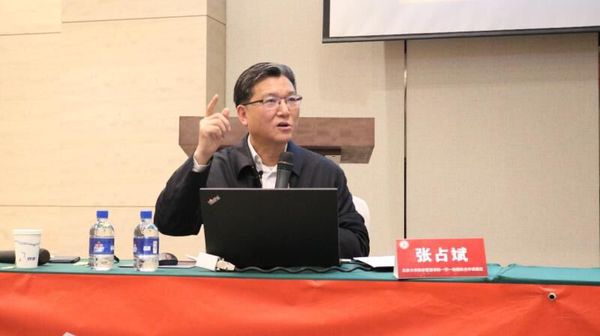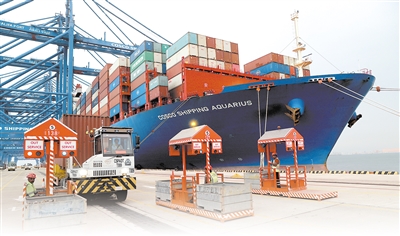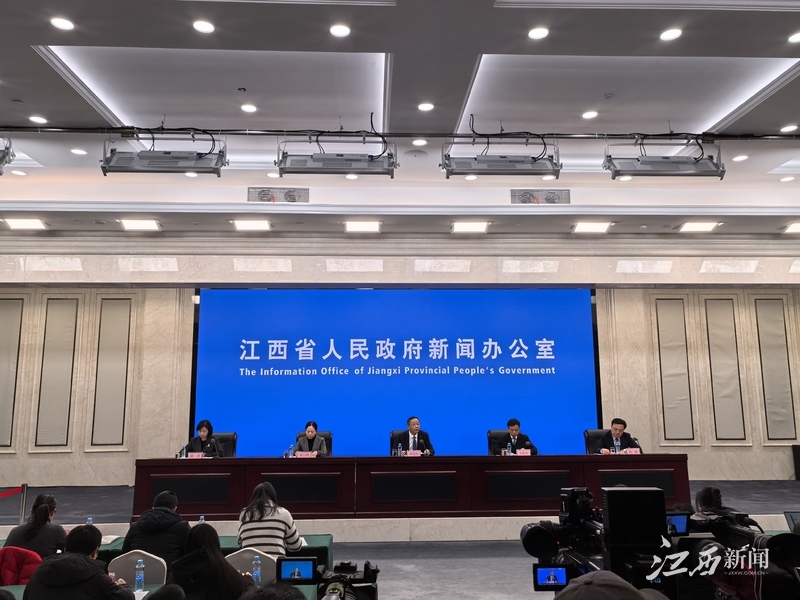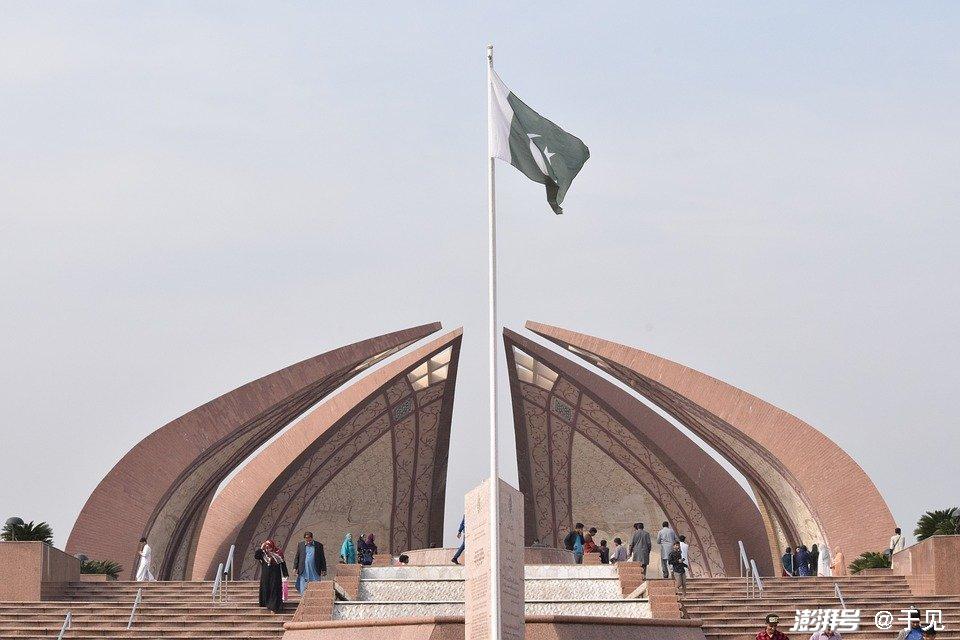Can You Pay Cross-border By Scanning A Code? China-Indonesia Settlement "de-dollarization", Where Is The Internationalization Card Of RMB
Can You Pay Cross-border By Scanning A Code? China-Indonesia Settlement "de-dollarization", Where Is The Internationalization Card Of RMB
At the end of last month, the People's Bank of China and the People's Bank of Indonesia made a new move to jointly launch a bilateral local currency settlement framework. At the same time, we also renewed the local currency swap agreement with the three countries of Europe, Switzerland and Hungary, with a total amount of 540 billion. There are many discussions online
At the end of last month, the People's Bank of China and the People's Bank of Indonesia made a new move to jointly launch a bilateral local currency settlement framework. At the same time, we also renewed the local currency swap agreement with the three countries of Europe, Switzerland and Hungary, with a total amount of 540 billion. There were a lot of discussions online, saying whether this was to challenge the dominance of the US dollar? However, Huang Qifan directly denied the rumor that the ultimate goal of RMB internationalization is to match China's economic strength and it is impossible to replace the US dollar.
Central Bank staff revealed that local currency swap means that the two countries open credit lines for each other. For example, when Chinese companies go to Indonesia to do business, they had to exchange RMB for US dollars and then transfer it to Indonesian rupiah. Now they are directly exchanged in their local currency, saving handling fees can also avoid exchange rate risks. Judging from last year's data, China has signed such an agreement with 32 countries, and plans to allow one-third of foreign trade to be settled in RMB in the future.
Why do you mess with these things? Mainly because the US dollar is too domineering. Although the United States is heavily in debt, global commodities are basically denominated in US dollars. If you want to buy oil and iron ore, you have to stock up on the US dollar first. If the RMB is hard, it will have to jump with the US dollar. During the financial crisis in 2008, China lost a lot of foreign exchange reserves alone, so it was decided to build a RMB international.
Huang Qifan set a goal to collect and pay 40% of foreign trade by 2035. The method is to start from the Belt and Road countries and slowly form a cycle of RMB transactions. However, there are many difficulties. For example, if China now exports a large amount of US dollars, it will have to be issued in large quantities before it can be spent out, which may lead to overcapacity in the domestic manufacturing industry. This is how the United States has ruined its own factories, and China does not want to repeat the same mistakes.

The most critical issue is capital control. To become an international currency, funds must be allowed to flow freely, but China still has many restrictions on capital entry and exit. Professor Pan Yingli said that in the past, the issuance of RMB mainly relies on buying US dollars, and adjustments began only after 2014. The current policy is called "steady and prudent advancement", which means taking it slowly and laying the foundation first.
The central bank has made frequent moves in the past six months. In June, Zhu Hexin proposed that enterprises should use hedging tools more to reduce exchange losses. Indonesia has even the QR codes connected, so in the future, there may be no need to settle US dollars in cash in small trade. Just scan the code and finish it.

In an interview with Xinhua News Agency, the RMB now accounts for 3% of global payments and the US dollar accounts for 58%, which is too big. But experts think this is not a sprint race, it is more like a marathon. Among the 32 countries that China has recently signed contracts, Europe accounts for 70% and Southeast Asian developing countries account for 30%, and its strategic layout is quite obvious.
I heard that some companies have started to try it out. For example, a textile factory in Zhejiang purchased raw materials in Indonesia. The annual foreign exchange cost was 500,000 yuan, but now it is settled directly with the exchange quota of local currency, saving two-thirds of the handling fee. But it is not all good. Indonesia may have to exchange it for its own currency after collecting RMB, which has to rely on the backend systems of the central banks of the two countries to automatically exchange it.

Research by the Chinese Academy of Social Sciences shows that in order to achieve Huang Qifan’s 2035 goal, at least five new local currency swap countries will need to be added each year in the next ten years. However, the negotiations are not fast at present. Switzerland and Hungary are renewals in Europe, and there is not much fresh blood.
The most practical question is whether the manufacturing industry can withstand it. If a large amount of RMB is out of the country, the increase in domestic money will easily push up prices. The central bank is still exploring to promote internationalization and prevent asset bubbles. Recently, some developers in Shenzhen have complained that loans have become stricter, which may be related to this.
In short, that's the case. China is slowly expanding its use of the RMB, but it neither intends to fight against the US dollar nor dares to rashly relax capital controls. Huang Qifan is right. This matter is not urgent. It depends on the direction of the global economy. China will first consolidate its own economic foundation.





